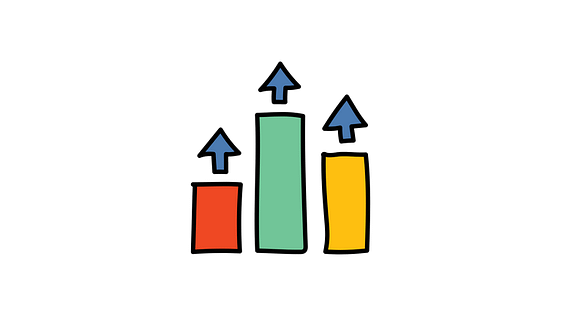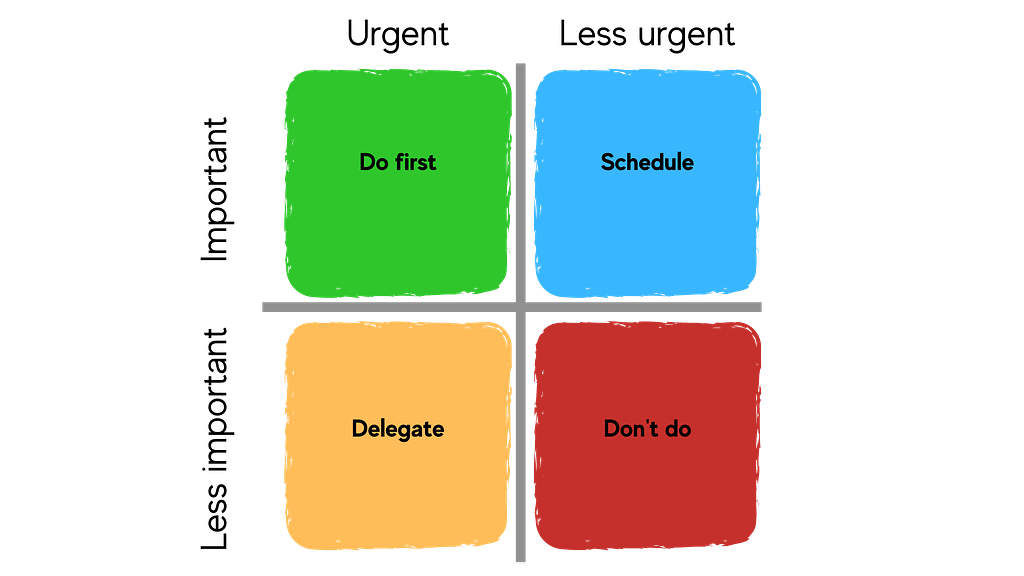
This post may contain affiliate links, which means that, at no extra cost to you, I may get paid commission if you click through those links and make a purchase. For more information please read my disclaimer.
Productivity. The new metric we’re all measuring by. In an ever-demanding world, the need to be effective and efficient with our time has become increasingly important. From company initiatives to boost workforce output to individuals tinkering with tools to try and get more done, productivity has become a skill to hack.
While there are plenty of services to help you get organised and focus on your tasks the most effective way I’ve found to get more done is to tap into our internal drive to meet deadlines. I’m sure you’ve noticed when you’re put under pressure there’s a flick of a switch and you manage to zone into the task at hand, sometimes completing work blindingly fast when, with more time, you could have easily dragged it out.
This phenomenon is known as Parkinson’s law – the idea that work expands to the time allotted. If you give yourself all day to complete a task you will, unsurprisingly, take all day to complete it.
This very useful piece of information is the key to hacking our productivity.
The trick to getting more done
In his book Deep Work, Cal Newport outlines a technique that allowed him to complete massive amounts of work in the same amount of time that you or I have. He shares how in a single year he not only researched and wrote a best-selling book but also publishing 9 peer-reviewed journals while juggling other professor responsibilities such as teaching – which is a lot.
The trick lay in ruthlessly scheduling every minute of his day. By assigning blocks of time to work on certain tasks he naturally cranked up the pressure and worked faster to meet his self-imposed deadlines. This is the game-changing strategy we can all employ.
While it may not seem like much, actively planning your time means you live your life and get work done on your schedule. The strategy is strict enough to have structure and dynamic enough to handle unforeseen changes.
The crucial aspect to boost productivity is that you are intentional and strict with your deadlines. If in your mind you know that there are no consequences of going over-time you’ll end up relaxing and most likely not meeting your target. If you struggle to hold yourself accountable you can create some social pressure by telling others your plans or motivate yourself with rewards for getting stuff done.
Tim Ferris also uses deadlines to increase his productivity. When working on a project he likes to go to coffee shops with his laptop but no charger. This forces him to work efficiently as he only has until the battery dies out to achieve what he set out to. Not for the faint-hearted!
Implementing scheduling
You may be wondering how best to schedule in these times? The way that works best for me is splitting the 30 up into 30-minute chunks and using a digital calendar like, Google Calendar, to organise my time.
At the end of each day, I plan the next day’s tasks and timings. Also, remember to include breaks. Using a digital calendar is convenient as it can easily be changed if something unexpected arises and it also gives other visibility of what you’re working on.
Focus on one thing
When you’ve sat down to work make sure to attack one thing at a time. Multitasking is a myth. It is simply rapidly task-switching and depleting neural resources along the way. You will more quickly achieve a state of ‘flow’ if you concentrate on one thing with no distractions. Set up your environment to be conducive to this.
Plan ahead
There is important work and there is urgent work. Prioritise the important. That is known as the Eisenhower Matrix, named after Dwight D. Eisenhower, 34th president of the United States, who famously used this strategy.
- Important activities help us achieve our goals, personal or professional.
- Urgent activities demand immediate attention and are usually associated with achieving someone else’s goals. We often spend our time and effort on them because the consequences of not dealing with them are immediate.

When we identify which activities are important verses urgent we can use some principles to prioritise the ones that will take us closer to our goals. Below are the four types of activities and how to tackle each one.
Important and urgent
These are either tasks you could have foreseen or those that arise unexpectedly. Plan to make sure you don’t leave known tasks till the last minute using the scheduling trick mentioned above.
Always build in contingency time into your schedule to account for unforeseen work and assignments that take longer than expected.
Important but not urgent
These are the activities that contribute to your long-term life and career goals. It may be a side project you’re working on or longer-term pieces of work. Make sure you consistently spend time on these so they don’t become urgent or get left behind altogether. Again, make time for them in your schedule.
Not important but urgent
These are tasks that prevent you from achieving your goals. Look to delegate them or batch them and tackle them all at once.
The source of these is usually other people’s goals. Certainly give time to support those around you but help them set up systems to empower them to solve their challenges and be wary not to sink too much of your time into their activities.
Not important and not urgent
These are tasks to avoid as they’re usually a distraction. They are generally what other people want you to do but don’t contribute to your goals. Politely decline and communicate that they are not a priority for you at the moment. Cal Newport has an excellent section on how to say ‘no’ to this type of work in Deep Work.
Further resources
- Grab a copy of Deep Work (it also featured on Ep.2 of The Book Club). There are some excellent tips on getting more done with examples and more!
- Check out my post on building habits. With habits, you can reserve more decision making and willpower for important activities.
- Read details on the Eisenhower matrix.


